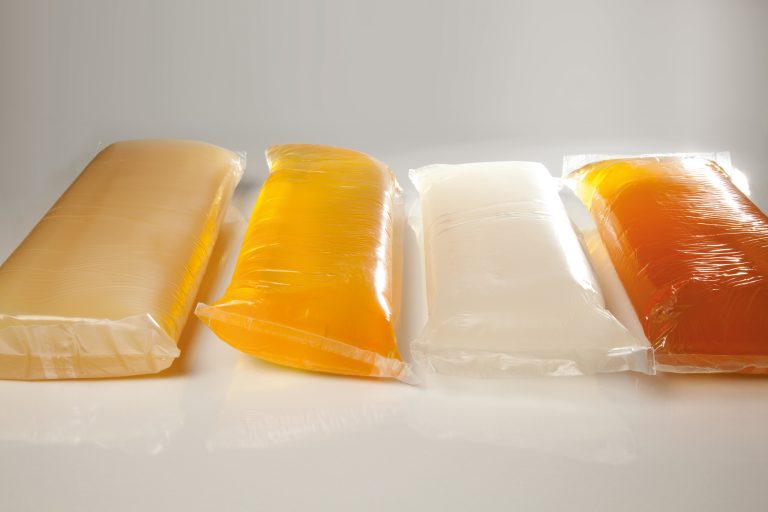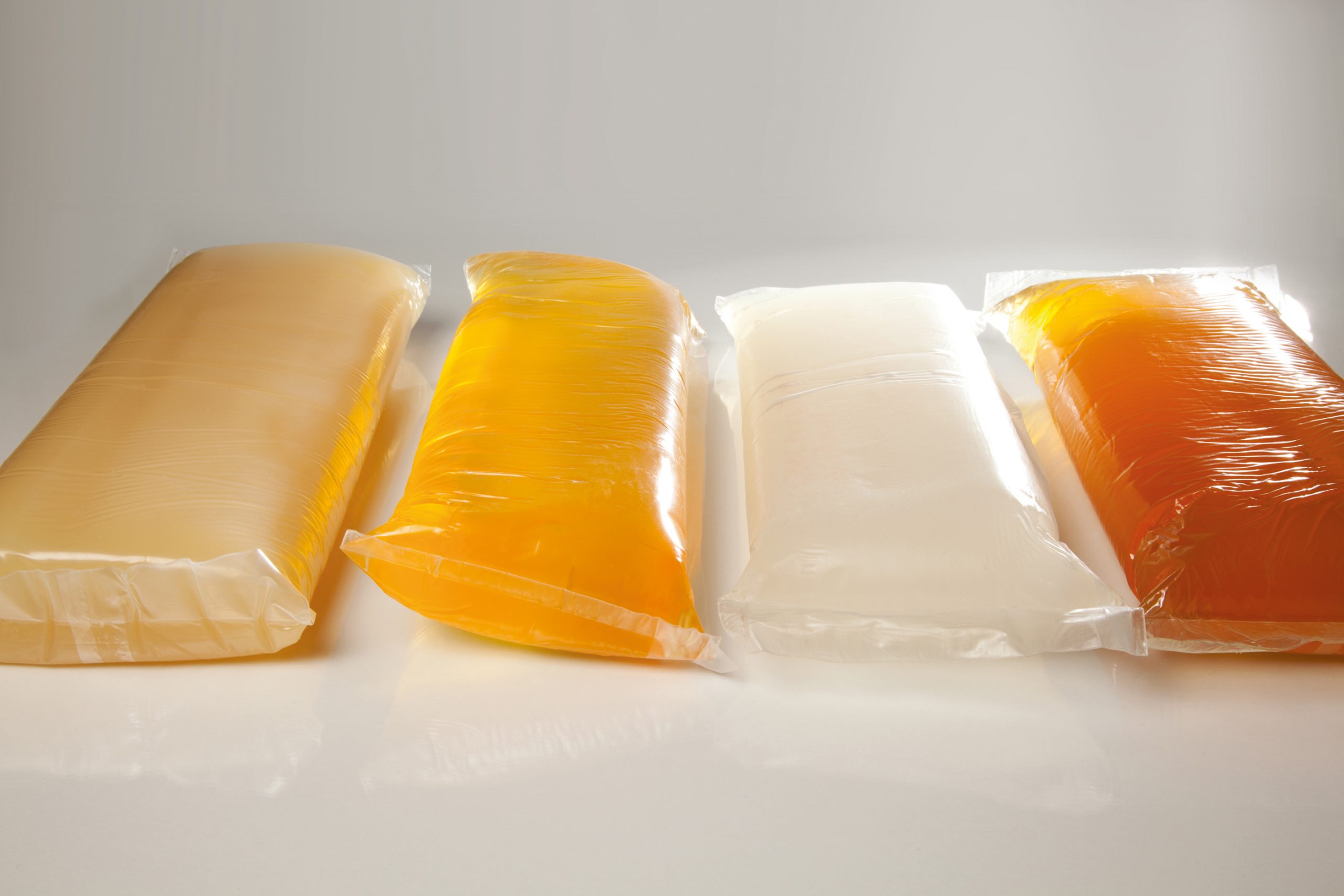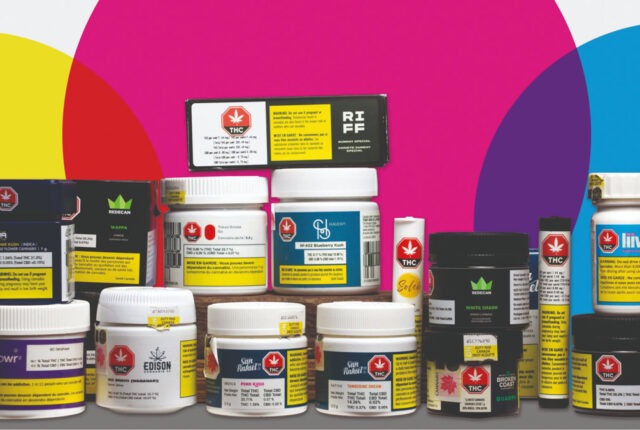The number of different glues and adhesives for labels continues to increase, and there are always plenty of innovations. Water-based adhesives are becoming more and more effective and solvent-based adhesives are always a safe bet.
Within this offer, there is what is called “hot melt.” This method precedes the “pressure sensitive” labels and is one of the oldest methods used for labelling. The concept is simple: you dissolve a product (usually made of rubber) before applying it to a label that you then transfer and glue on a package.
What are the advantages of hot melt?
- Clean. Contrary to the other processes with solvents, no dispersing agent is necessary for hot melt. It limits waste, emissions of volatile chemicals and makes it possible to save energy during the coating of the adhesive.
- Rapid, precise, durable. Hot melt adhesives dry quickly and their strong adhesiveness allows for precise positioning of the label. The label will be durable and solid, whether it’s on glass, plastic or metal. Even on the most complex surfaces, the adhesive is rather strong so that the label remains in place. These adhesives are also resistant to heat, cold and water.
- Invisible. “Hot melt” can be made to be transparent and therefore almost invisible on the product. Farewell to old glue that dulls the appearance of your packaging!
- Approval. As these adhesives are not made from chemical solvents, they can be approved by the FDA, for example, and are safe when in contact with food.
Application and industries have different needs when it comes to applying labels. “Pressure sensitive” labels are often a solution, but don’t forget the other methods! All have different advantages!








